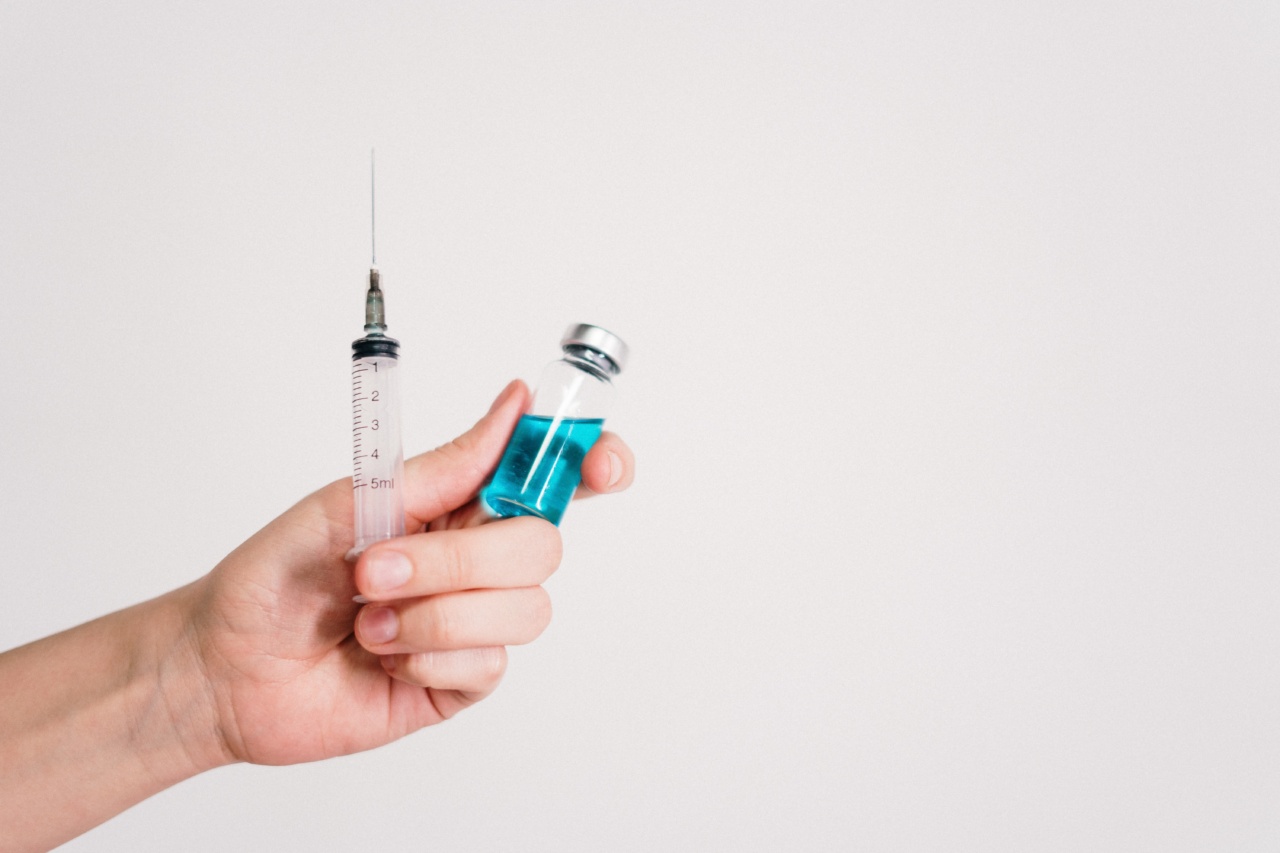Testicle twists, also known as testicular torsion, is a serious condition that occurs when the spermatic cord that supplies blood to the testicles becomes twisted.
This causes the blood flow to the testicle to be cut off, resulting in severe pain, swelling, and even permanent damage to the testicle if not treated promptly.
Causes of Testicle Twists
Testicle twists can occur in males of all ages, but it is most common in teenagers and young adults. The main causes of testicle twists are:.
- Abnormal testicle development
- Injury to the testicles
- Excessive physical activity
- Sexual activity
Symptoms of Testicle Twists
The symptoms of testicle twists can come on suddenly and include:.
- Severe pain in the testicle and scrotum
- Swelling and tenderness in the testicle
- Nausea and vomiting
- Fever
- Difficulty urinating
If you experience any of these symptoms, seek medical attention immediately. Early diagnosis and treatment is crucial to preserve the affected testicle and prevent further complications.
Prevention of Testicle Twists
While testicle twists cannot always be prevented, there are some steps you can take to reduce your risk:.
- Avoid excessive physical activity that may cause twisting or trauma to the testicles
- Wear protective gear during sports and other physical activities
- Perform regular testicular exams to check for any lumps or abnormalities
- If you have an undescended testicle, talk to your doctor about whether surgery is necessary to reduce your risk of testicle twists
Treatment for Testicle Twists
If you suspect you have a testicle twist, seek medical attention immediately. The longer the testicle remains twisted, the greater the risk of permanent damage and loss of the affected testicle.
The treatment for testicle twists typically involves surgery to manually untwist the spermatic cord and restore blood flow to the testicle.
In some cases, the affected testicle may need to be removed if it is too damaged or if the blood supply cannot be restored.
Recovery from Testicle Twist Surgery
After surgery to treat a testicle twist, you may need to limit physical activity and avoid sexual activity for several weeks while the affected area heals.
You may also need to take pain medication and wear supportive underwear to help reduce swelling and pain.
It’s important to follow your doctor’s instructions carefully to ensure a full and smooth recovery.
Prognosis for Testicle Twists
The prognosis for testicle twists depends on the severity of the condition and how quickly it is treated.
If the condition is caught early and treated promptly, the affected testicle can often be saved with little to no long-term effects.
However, if the condition is left untreated for too long, it can lead to permanent damage and loss of the affected testicle.
Conclusion
Testicle twists are a serious condition that require immediate medical attention.
By taking steps to reduce your risk of testicle twists and seeking prompt medical attention if you experience any symptoms, you can improve your chances of a full recovery and preserve your fertility.































